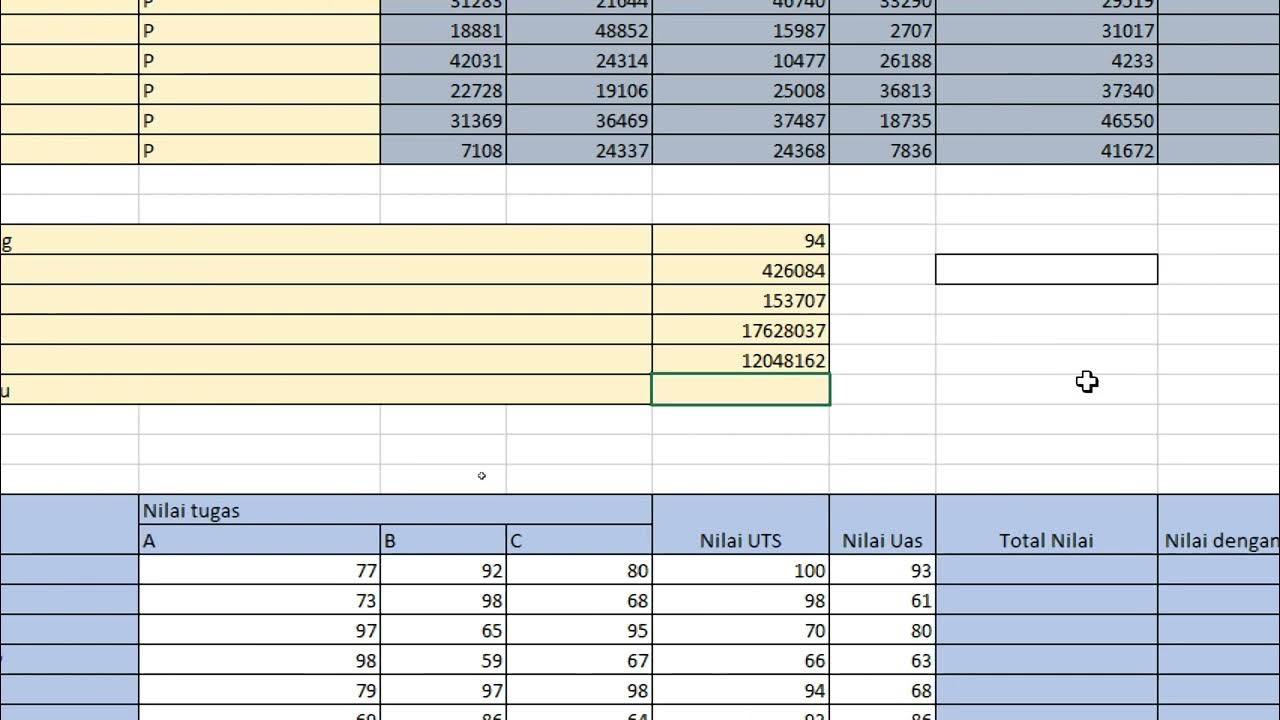Ranking
Summary
TLDRThis video tutorial explains the concept of ranking tests and arrangements. It covers various types of ranking questions, such as horizontal line arrangements, where positions from left and right sides are given. The presenter discusses how to calculate positions and total persons in a line using different strategies, including adding and subtracting positions while accounting for overlaps. The tutorial also touches on maximum and minimum number of participants in a competition, addressing common ranking test scenarios with clarity.
Takeaways
- 😀 The video discusses ranking tests, also known as ranking arrangements, which involve positioning people in a line and determining their ranks or positions.
- 👨🏫 It introduces the concept by using examples from daily life, such as lines at a gurudwara or an ATM, to explain how people are arranged in groups and lines.
- 🔢 The script explains different types of ranking questions, including those where the total number of people in the line is given, and others where positions from both the left and right sides are provided.
- ➡️ It teaches how to calculate positions from one side of the line when the position from the opposite side is known, using simple arithmetic operations.
- 🔄 The video also covers the concept of 'interchange', where two people swap positions, and how to calculate the new positions of individuals after the swap.
- 📉 It discusses how to approach questions where the position from the top or bottom of the line is given and how to calculate the total number of students or participants.
- 📚 The script uses diagrams and visual aids to explain complex ranking scenarios, such as when positions are given from both the start and end of a line.
- 💡 Tips are provided on how to handle overlapping positions when calculating the total number of people in a line, ensuring that each person is only counted once.
- 📈 The video script walks through several examples and practice questions to illustrate the ranking test concepts and how to solve them.
- 🔚 Lastly, the script summarizes the key learnings from the video, reinforcing the importance of understanding different types of ranking questions and how to apply the discussed strategies.
Q & A
What is the basic concept of ranking tests discussed in the video?
-The basic concept of ranking tests involves a group of persons arranged in a line, similar to real-life scenarios like queues at a Gurdwara or an ATM, and determining their positions relative to others, such as first rank, second rank, etc.
How are the positions of persons in a line determined in ranking tests?
-Positions in ranking tests are determined by their relative standing in a line, which can be given from either side - left or right. The position of a person can be described as 'fifth from the left' or 'seventh from the right'.
What is the first type of question discussed in the video?
-The first type of question involves calculating the position of a person from the opposite side of the line given their position from one side.
Can you give an example of how to calculate the position from the right side if given the left side position?
-If a person is fifth from the left in a line of ten people, to find the position from the right side, you subtract the person's left position (5) from the total (10) and add 1, resulting in the fifth person from the left being sixth from the right.
What is the second type of question discussed in the video?
-The second type of question involves calculating the total number of persons in the line when positions from both sides are given.
How do you calculate the total number of persons in the line when positions from both sides are given?
-You add the positions from both sides and subtract 1 to avoid double-counting the person whose position is being calculated.
What is the third type of question discussed in the video?
-The third type of question involves interchanging or swapping the positions of two people in the line.
How does interchanging positions affect the total number of persons in the line?
-Interchanging positions of two people does not affect the total number of persons in the line, but it changes the individual positions of those two people.
What additional information is considered in the video for ranking tests?
-Additional information such as students joining the line, students leaving the line, and students not participating in the competition is considered to adjust the total number of persons in the line.
Can you provide a real-life example discussed in the video to illustrate ranking tests?
-Yes, examples include queues at a Gurdwara, lines outside an ATM, or students standing in a row in a classroom, where their positions can change based on who arrives or leaves.
What is the strategy to solve ranking test questions when positions from both the top and bottom are given?
-When positions from both the top and bottom are given, you add the positions and subtract 1 to find the total number of students, as the person in question is counted twice.
Outlines

Dieser Bereich ist nur für Premium-Benutzer verfügbar. Bitte führen Sie ein Upgrade durch, um auf diesen Abschnitt zuzugreifen.
Upgrade durchführenMindmap

Dieser Bereich ist nur für Premium-Benutzer verfügbar. Bitte führen Sie ein Upgrade durch, um auf diesen Abschnitt zuzugreifen.
Upgrade durchführenKeywords

Dieser Bereich ist nur für Premium-Benutzer verfügbar. Bitte führen Sie ein Upgrade durch, um auf diesen Abschnitt zuzugreifen.
Upgrade durchführenHighlights

Dieser Bereich ist nur für Premium-Benutzer verfügbar. Bitte führen Sie ein Upgrade durch, um auf diesen Abschnitt zuzugreifen.
Upgrade durchführenTranscripts

Dieser Bereich ist nur für Premium-Benutzer verfügbar. Bitte führen Sie ein Upgrade durch, um auf diesen Abschnitt zuzugreifen.
Upgrade durchführen5.0 / 5 (0 votes)






